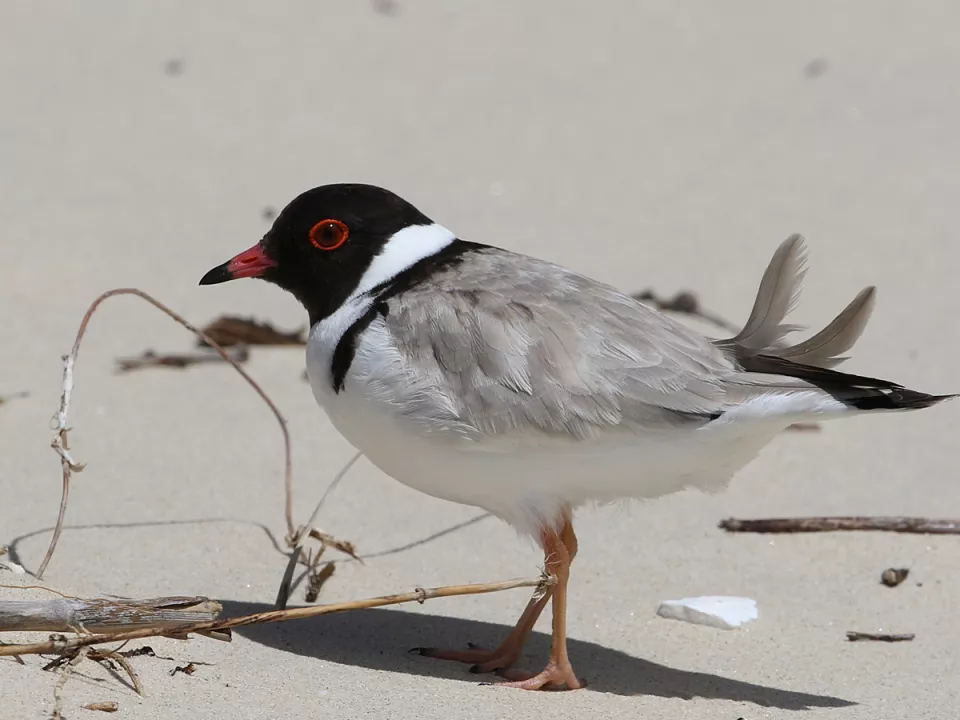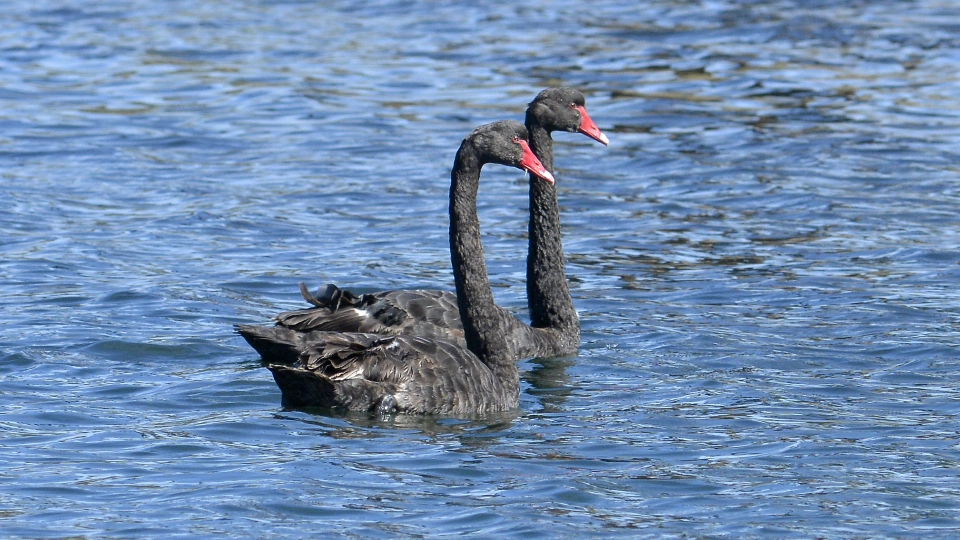Bob Graham

About Bob
Bob Graham is a professional geographer and convenor of the Bruny Island Environment Network
Background
Bob Graham is convenor of the Bruny Island Environment Network (BIEN) and has worked in and enjoyed many different areas of Australia from tropical North Queensland to SW Tasmania. Growing up in North West Tasmania he thought that birds were either, sparrows, seagulls or crows. That changed in the '70s after a trip to the Coorong with dedicated 'Birdo' friends. Since then birds have become an integral part of both his every day and professional life. After purchasing Karingal (a bush block with dilapidated farmhouse) on Bruny in 1977, Bob says that "getting to know the birds, their habits and their ever changing behaviour from season to season and year to year in and around the 'block' has been one of the most rewarding exepriences of my life".As a professional geographer and planner, the relationship of birds to where they live, how they survive and how they cope with environmental change has been an ongoing fascination for Bob. Working for over 40 years in diverse environments such as Lord Howe Island, North Queensland, SE Queensland, Cape York Peninsula, the Darwin Region, throughout Tasmania and on several national projects has allowed Bob to enjoy many different birding experiences. At the same an interest in birds and their relationships with the natural world have made Bob aware of the tenuous hold that many species have in a world which places more value on developing land for creating economic wealth rather than wise stewardship that respects and values birds and their habitats.
Articles by Bob

Observing improving ecology in Simpsons Bay

An island where natural processes are at work

Protecting shorebirds on Bruny Island

Why is the sand finest at the top of a beach?

The relationship between birds and trees on Bruny

Marine and coastal life at Coal Point

Whales and dolphins of Bruny Island

Earth's history in Adventure Bay's rocks

A colony of Swans moves into Bruny Island

Simpsons Bay Beach

Birds playing in wind at the neck

